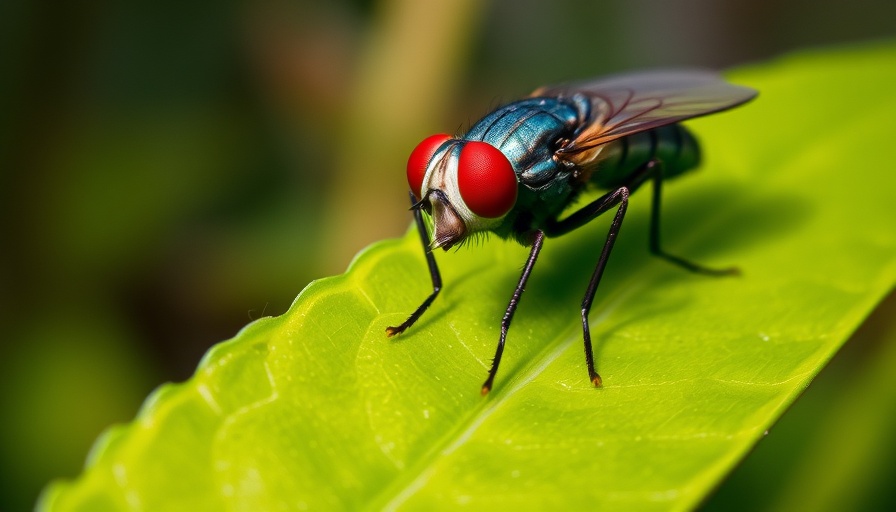
Understanding the Threat of Screwworms
The New World screwworm poses a significant threat not just to livestock but also to the broader ecosystem, affecting wildlife, household pets, and even humans. These flesh-eating maggots can cause severe economic losses, particularly in cattle ranching states like Texas. The urgency of the USDA's initiative reflects the importance of safeguarding both local and national agricultural interests.
The Economic Implications of Screwworm Infestations
Texas’ cattle industry stands at the frontline of this looming crisis. A drastic scenario could unfold if the infestation crosses the border: billions of dollars in losses are at stake. Already wrestling with high retail beef prices fueled by inflation, any escalation in the screwworm situation is likely to exacerbate these economic pressures further. The decision to invest $750 million in preventative measures by the USDA underscores the seriousness with which these officials regard the threat to American agriculture.
Historical Context: How We Beat Screwworms in the Past
The fight against screwworms isn’t new; it traces back to the 1970s when U.S. officials successfully eradicated the pest using a similar strategy, breeding and releasing sterile flies to interrupt their breeding cycle. This proactive measure not only secured the cattle industry but also restored consumer confidence in beef products. The reopening of fly factories marks a significant shift back to historical methods that proved effective decades ago.
Collaboration with Mexico: A Joint Control Strategy
Efforts to combat screwworms are not limited to U.S. borders. Mexico has also been deeply affected, making joint initiatives between the U.S. and Mexico essential. The agreement signed by agriculture authorities highlights the collaborative spirit needed to tackle this shared threat. Joint monitoring with fly traps and regulated livestock movement will enhance control measures and ensure effective responses from both nations.
Safety Measures: New Technology in Action
The USDA is implementing advanced technologies, including innovative fly traps and monitoring systems, to bolster prevention efforts. Additionally, they're employing horseback border patrols and specially trained dogs to detect the presence of screwworms. These multifaceted strategies utilize both traditional and modern tools in a combined effort to ensure a thorough response to this pest.
Future Predictions: What Could Be Next?
Looking ahead, as the fly factory becomes operational, the USDA aims to release sterile male flies within the year. This could herald a new era in controlling screwworm populations. Officials are optimistic about returning the screwworm to containment status, echoing previous successes. If successful, this endeavor could also pave the way for tackling other agricultural pests comprehensively.
Personal Impact: Why This Matters to Texas Residents
For those living in cattle-rich regions, such as Texas, the repercussions of screwworm infestations extend beyond economic costs; they also touch on personal livelihoods and community stability. Ranchers and farmers, relying on a robust agricultural sector, must stay informed about these developments as they directly affect not only their businesses but the broader community. Ensuring safety for livestock is crucial for maintaining the integrity of local economies.
Conclusion: Taking Action for Farm Security
The USDA’s decision to invest significantly in controlling the screwworm threat demonstrates a proactive approach to ensuring agricultural stability. As the situation develops, staying informed and engaged as community members could contribute to an effective local response. Understanding both the immediate and long-term strategies that officials have set forth allows us to be better prepared for whatever challenges lie ahead. Indeed, protecting our agricultural resources is integral to national security.
 Add Row
Add Row  Add
Add 



Write A Comment